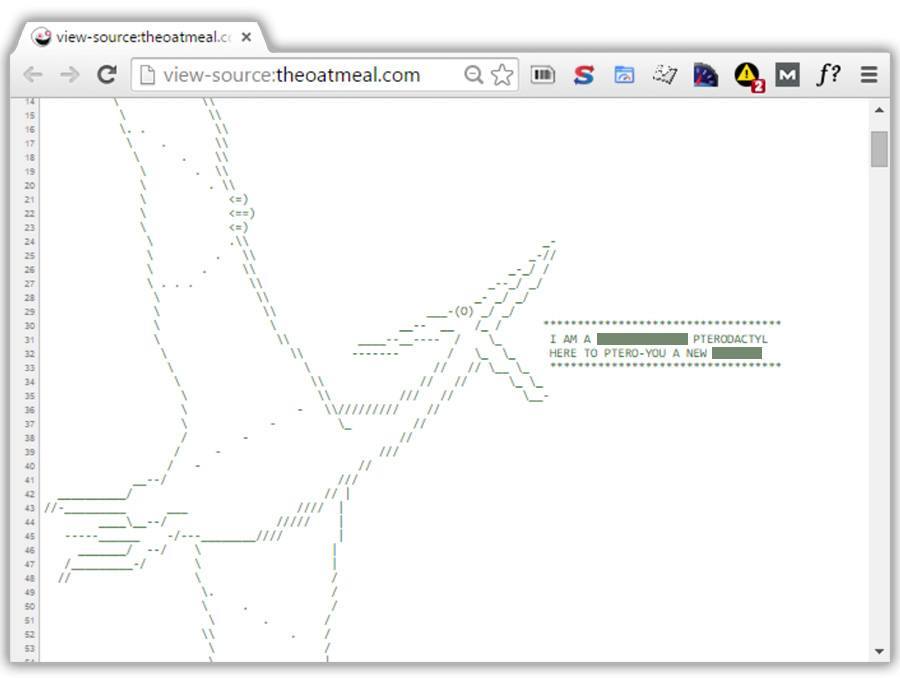

Along with ASCII's use in communication, however, it also began to appear in the underground online art groups of the period. The limitations of computers of that time period necessitated the use of text characters to represent images. The widespread usage of ASCII art can be traced to the computer bulletin board systems of the late 1970s and early 1980s. There are 95 printable ASCII characters, numbered 32 to 126. Note that it was not ASCII art in a sense that the 1403 was driven by an EBCDIC-coded platform and the character sets and trains available on the 1403 were derived from EBCDIC rather than ASCII, despite some glyphs commonalities. At the same time, Kenneth Knowlton was producing realistic images, also on line printers, by overprinting several characters on top of one another. In the 1960s, Andries van Dam published a representation of an electronic circuit produced on an IBM 1403 line printer. What is known is that text images appeared frequently on radioteletype in the 1960s and the 1970s. However, none of the "old" RTTY art has been discovered yet. According to a chapter in the "RTTY Handbook", text images have been sent via teletypewriter as early as 1923. RTTY stands for Radioteletype character sets such as Baudot code, which predated ASCII, were used.

TTY stands for "TeleTYpe" or "TeleTYpewriter", and is also known as Teleprinter or Teletype. Since 1867, typewriters have been used for creating visual art. Illustration of the constellation " Sirius" from a 9th-century astronomical manuscript Typewriter art File:Brooklyn-Daily-Eagle-.pngĪ portion of the Brooklyn Daily Eagle, 6 January 1875, showing advertisements made from typewriter art. History File:Illustration of the constellation Sirius - Harley Aratus (c.820-840), f.8v - BL Harley MS 647.jpg
Easy ascii art Pc#

The term is also loosely used to refer to text based visual art in general.

The alphabet in Newskool (Note: artificially shrunk vertically)ĪSCII art is a graphic design technique that uses computers for presentation and consists of pictures pieced together from the 95 printable (from a total of 128) characters defined by the ASCII Standard from 1963 and ASCII compliant character sets with proprietary extended characters (beyond the 128 characters of standard 7-bit ASCII). "Oldskool" or "Amiga" style File:Aa example2.png


 0 kommentar(er)
0 kommentar(er)
